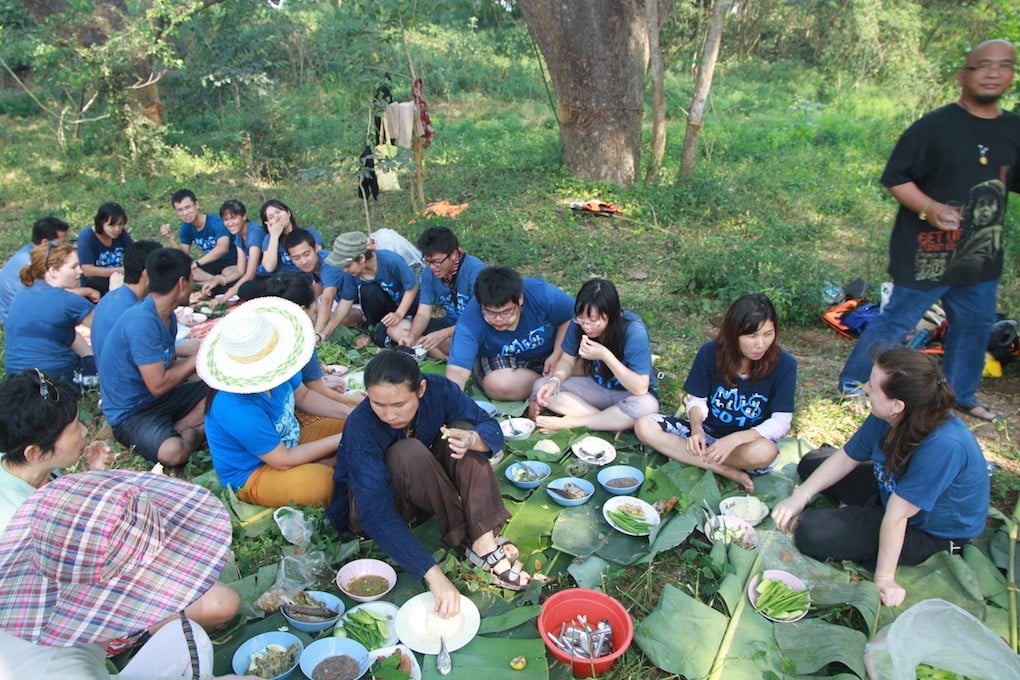At the headwaters of the Mekong, China intends to create its first national park – setting aside an area the size of Pennsylvania.
Tag: national park
China May Shelve Plans to Build Dams on Its Last Wild River
On a roadside next to the Nu River, Xiong Xiangnan is trying to sell fish to tourists. He doesn’t look like a traditional fisherman. Xiong sports a pompadour and wears a brown jacket, jeans, and white Crocs, with a money purse slung across one shoulder. As several of his friends stand around smoking, Xiong makes his pitch.
The fish were very hard to catch, he says. The nets must be set at night and checked early in the morning. That’s why he’s charging 240 yuan—about $37—for the biggest trophy in his buckets.
Behind Xiong, the Nu River flows freely, bumbling with rapids, swirling with eddies. Some of this water has spilled down from glaciers on the Tibetan plateau, filling a channel that snakes 1,700 miles (2,736 kilometers) through China, then Myanmar and Thailand, before spilling into the Andaman Sea.
Kaeng Sua Ten dam project: three decades of heroic community struggle
After 30 years, community-led anti-Kaeng Sua Ten dam movement is still hailed as a watershed of Thailand’s environmental conservation. Villagers have not only argued for their rights to protect livelihood and natural resources, but also articulate socio-economic losses if the project is to be built. The dam, proposed by the Royal Irrigation Department, would inundate many villages and Thailand’s last teak forest ecosystem in the Mae Yom National Park in northern Thailand. Environmental economic studies find that environmental opportunity losses will be greater than gains from flood control and irrigation as promised by the project.




